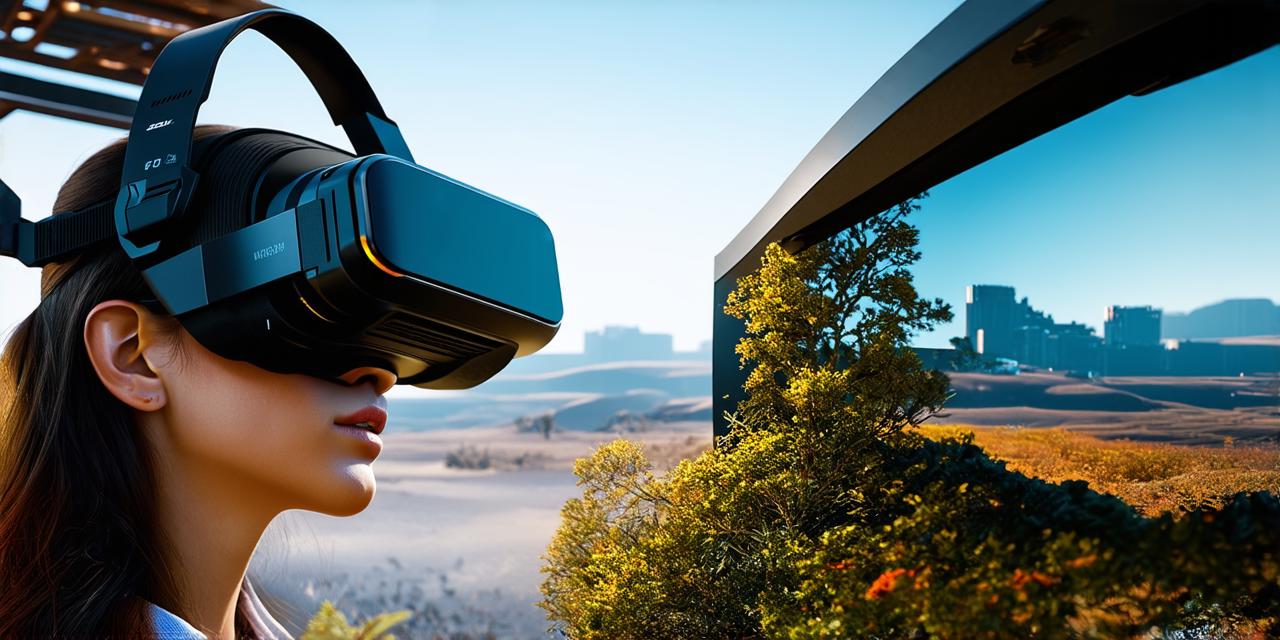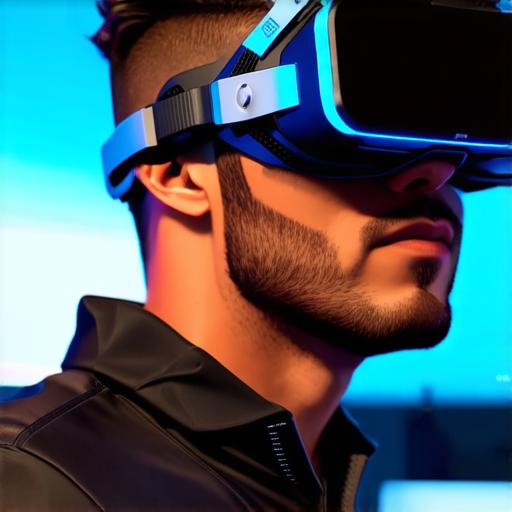
How do virtual reality headsets work?
What are Virtual Reality Headsets?
Virtual reality headsets are wearable devices that immerse the user in a simulated environment. These devices typically consist of a head-mounted display (HMD) with sensors and other components that track the user’s movements and adjust the image accordingly. The HMD is worn on the head, creating a 360-degree field of view that allows the user to see in all directions.
The most common type of VR headset is the stereoscopic display headset, which displays two separate images for each eye, creating a stereo effect that simulates depth perception and creates a more realistic experience. Other types of VR headsets include monoscopic displays and projection-based systems.
How do Virtual Reality Headsets Work?
The main component of a VR headset is the HMD, which consists of two screens that display different images for each eye. These screens are placed at a slightly different angle to simulate depth perception and create a more realistic experience. The HMD also has sensors such as accelerometers, gyroscopes, and magnetometers that track the user’s movements and adjust the image accordingly.
When the user moves their head, the sensors detect the movement and send signals to the computer processing unit (CPU) of the VR headset. The CPU then calculates how the user’s perspective should change based on their movements and updates the image accordingly. This process is known as tracking and rendering, and it’s what allows the user to move through a virtual environment and interact with objects in real-time.
Real-Life Examples of Virtual Reality in Action
Virtual reality technology has been used in a variety of industries, from gaming to healthcare and beyond. Here are some real-life examples of virtual reality in action:

- Gaming: Virtual reality games have become increasingly popular in recent years. These games offer players an immersive experience that allows them to interact with the game world in ways they never could before. For example, a player might be able to explore a fantasy world or battle alien creatures in a virtual environment.
Virtual Reality vs Augmented Reality: What’s the Difference?
Virtual reality and augmented reality (AR) are often used interchangeably, but they are two distinct technologies. Virtual reality creates a completely immersive experience, while augmented reality overlays digital information on top of the real world.
Virtual reality headsets create a simulated environment that the user can fully immerse themselves in. The user is not aware of the real world and is only experiencing the virtual environment. Augmented reality, on the other hand, allows users to see the real world while also overlaying digital information such as graphics, animations, or other data. The user remains aware of the real world but can interact with the digital elements in real-time.


